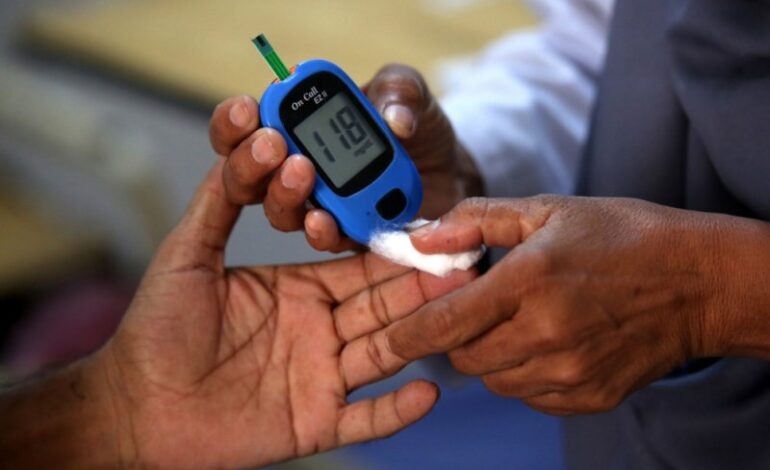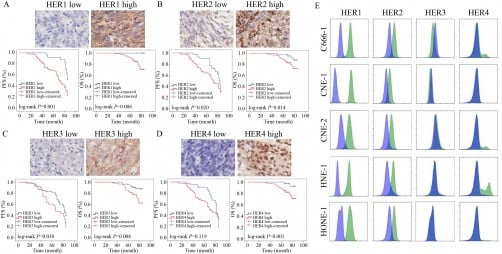New Breath Test Shows Promise for Early Diabetes Detection

A groundbreaking study suggests that detecting diabetes may soon be as simple as breathing into a device. Researchers have developed an experimental breath test that can distinguish between individuals with type 2 diabetes and healthy individuals based on their exhalations. The findings were published in the September 2023 issue of the Chemical Engineering Journal.
The senior researcher, Huanyu “Larry” Cheng, an associate professor of engineering science and mechanics at Penn State University, explained the simplicity of the test. “This sensor only requires that you exhale into a bag, dip the sensor in, and wait a few minutes for results,” he stated in a news release. If the test is validated, it could provide a much easier alternative to the current blood tests and laboratory work typically necessary for diagnosing diabetes.
In the United States, approximately 37 million adults live with diabetes, with about 1 in 5 unaware of their condition. The breath test detects acetone, a chemical byproduct of energy production in the human body. While everyone exhales some level of acetone, elevated levels are indicative of diabetes.
In the study, researchers tested the sensor with the breath of 51 individuals diagnosed with type 2 diabetes and 20 healthy volunteers. All participants exhaled into aluminum foil bags, and the sensor produced distinct responses between the two groups. Notably, the sensor’s responses correlated with the participants’ blood sugar levels, demonstrating its potential utility in monitoring glucose levels beyond mere diagnostic purposes.
Cheng expressed excitement about the possibilities of the sensor: “If we could better understand how acetone levels in the breath change with diet and exercise, it would be a very exciting opportunity to use this for health applications beyond diagnosing diabetes.”
Looking ahead, researchers aim to refine the sensor further, with plans to develop a version that can be used directly under a person’s nose or attached to a mask. This adaptation would enhance usability, making it more accessible for individuals needing regular monitoring.
For more information on diabetes diagnosis, the American Diabetes Association provides a wealth of resources and guidance. This innovative approach to diabetes detection could revolutionize the way the condition is diagnosed and managed in the future.






